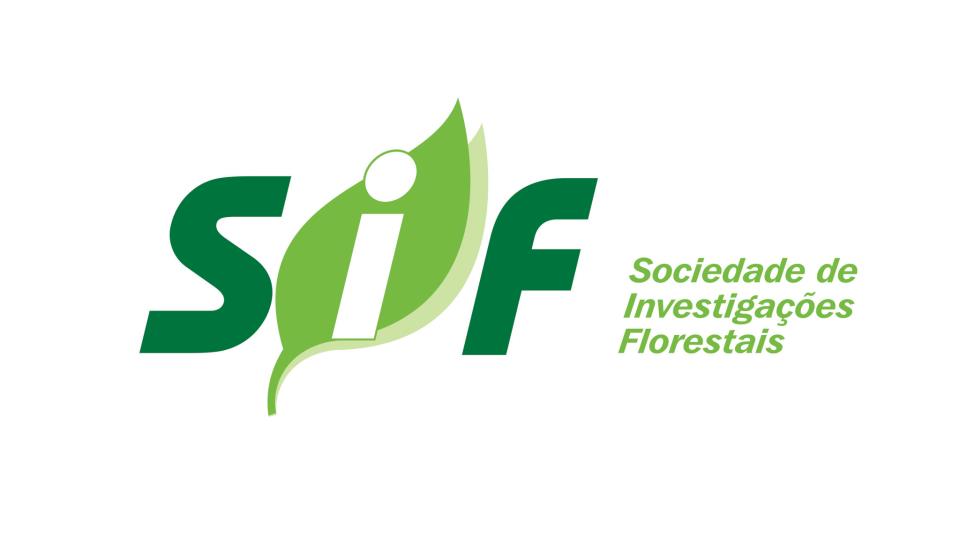Biblioteca Florestal
Digital
Digital
Eficiência de inventário florestal com amostragem ponto de Bitterlich e conglomerado em linha em plantação de Pinus taeda

JavaScript is disabled for your browser. Some features of this site may not work without it.
| dc.contributor.author | Druszcz, João Paulo | |
| dc.contributor.author | Nakajima, Nelson Yoshihiro | |
| dc.contributor.author | Netto, Sylvio Péllico | |
| dc.contributor.author | Machado, Sebastião do Amaral | |
| dc.contributor.author | Mello, Anabel Aparecida de | |
| dc.contributor.author | Campos, Artur Padão Garcia | |
| dc.date.accessioned | 2015-09-09T17:52:05Z | |
| dc.date.available | 2015-09-09T17:52:05Z | |
| dc.date.issued | 2012-07 | |
| dc.identifier.citation | DRUSZCZ, J. P. et al. Eficiência de inventário florestal com amostragem ponto de Bitterlich e conglomerado em linha em plantação de Pinus taeda. Floresta, Curitiba, v. 42, n. 3, p. 527-538, jul./set. 2012. | pt_BR |
| dc.identifier.issn | 1982-4688 | |
| dc.identifier.uri | http://www.bibliotecaflorestal.ufv.br:80/handle/123456789/15092 | |
| dc.description.abstract | Este estudo foi conduzido em três diferentes condições de plantios de Pinus taeda L., sem desbastes, com 10, 9 e 7 anos de idade, 2.000 árvores por hectare e diferentes inclinações no terreno, localizados no estado do Paraná. O objetivo foi avaliar a eficiência do inventário utilizando-se a amostragem de área variável ponto de Bitterlich e de área fixa com conglomerado em linha, através da análise do comportamento quanto às precisões e eficiências relativas na estimativa das seguintes variáveis: diâmetro médio (cm), número de árvores por ha, área basal (m 2 /ha) e volume total (m 3 /ha). Para isso, utilizou-se o delineamento em blocos casualizados com 40 unidades amostrais para o método ponto de Bitterlich (PB) e 10 unidades para o método de área fixa com conglomerado em linha (CL), sendo este composto por 4 subunidades. Concluiu-se que, para as variáveis diâmetro médio (cm) e número de árvores por ha, indica-se a utilização do método de área fixa com conglomerado em linha (CL), já que a eficiência para a obtenção dessas variáveis é maior. Já para as variáveis área basal (m 2 /ha) e volume (m 3 /ha), indica-se a utilização do método de área variável ponto de Bitterlich (PB), tendo em vista a maior eficiência no levantamento dessas variáveis. | pt_BR |
| dc.description.abstract | This study was carried out in three different stands of Pinus taeda L., unthinned and aged 10,9 and 7 years. The stands have 2.000 trees per hectare and are located in Parana State. The aim was to evaluate the costs of inventories using Bitterlich Sampling and the sampling method with Line Cluster to analyze the accuracies behavior and relative efficiencies for estimation of the following variables: average diameter at breast height, number of trees, basal area and total volume per hectare. In order to that, it was taken a sample of 40 units to the PB method and 10 units for the CL method, which is composed of four subunits, and it was used the randomized block design. It was concluded that for the variable diameter (cm) and number of trees per ha it is indicated the use of the plot sampling with Cluster Line, since the efficiency to obtain these variables is greater. For the variables basal area per ha (m 2 ) and total volume (m 3 ) it is indicated the use of Bitterlich sampling method (PB), since the efficiency is greater in the survey of these variables. | pt_BR |
| dc.format | 12 páginas | pt_BR |
| dc.language.iso | pt_BR | pt_BR |
| dc.publisher | Fundação de Pesquisas Florestais do Paraná | pt_BR |
| dc.relation.ispartofseries | Floresta:v.42,n.3; | |
| dc.subject.classification | Ciências Florestais::Manejo florestal::Dendrometria e mensuração florestal | pt_BR |
| dc.title | Eficiência de inventário florestal com amostragem ponto de Bitterlich e conglomerado em linha em plantação de Pinus taeda | pt_BR |
| dc.title | Forest inventory efficiency with Bitterlich sampling method and line cluster sampling in Pinus taeda stands | pt_BR |
| dc.type | Artigo | pt_BR |
Arquivos deste item
| Arquivos | Tamanho | Formato | Visualização | |
|---|---|---|---|---|
| Revista_Floresta_v42_n3_p527-538_2012.pdf | 95.16Kb |

|
Visualizar/ |
|





